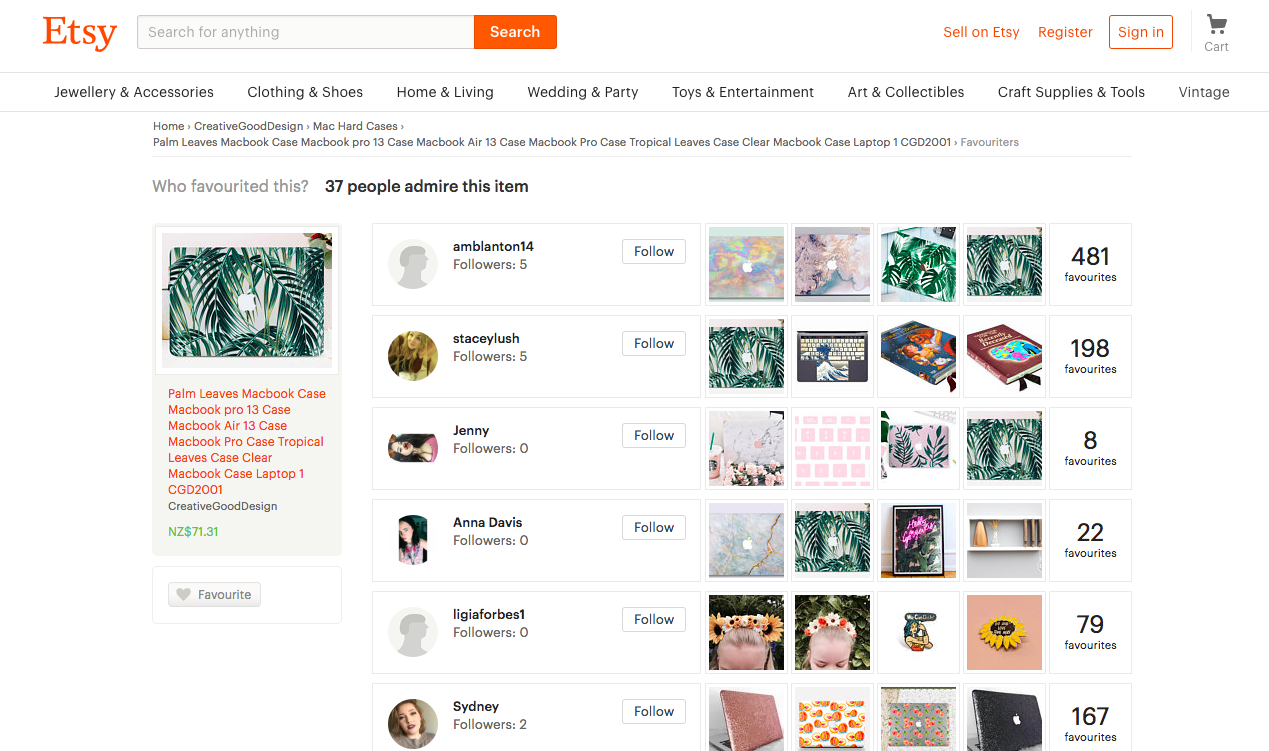Examples and tools for building in social proof for retail and travel websites
We all, in varying degrees, look to others for advice and reassurance to reduce risk and uncertainty. In everyday life, as well as when online shopping. Often, without even realising, we’re gently nudged along on the customer journey with social proof. This can start with something as simple as liking an Instagram post, clicking on the link in bio, followed by a trip to the website, shopping cart and straight through check-out, faster than we can say #microinfluencer.
‘The social proof heuristic is a psychological and social phenomenon whereby we, as consumers, look for behavioural guidance when we’re unsure, or in an unclear, unfamiliar, or ambiguous situation.
The greater the number of people who find any idea correct, the more a given individual will perceive the idea to be correct.’ Robert Cialdini PhD – Influence
While some organisations use real customer reviews and testimonials as social proof, other (less ethical) marketers use it to create the illusion of a much larger customer base, to trick consumers into the legitimacy of their business.
85% of consumers trust online reviews as much as personal recommendations… BrightLocal 2017
While faking social proof might be a (questionable) quick-fix solution for startups and new businesses, it’s perhaps not the best way to go about starting a customer relationship.
This highlights the towering importance of shoppers trusting the collective opinions of strangers and the need for organisations to be seen as transparent and trustworthy.
Below are 3 simple (and ethical) examples of how social proof can be applied effectively.
Technique 1. Use social proof to create scarcity and urgency. Example: Booking.com
When users search for hotels, they’re met with a wide range of choice for their search-area. What often causes one hotel to stand out from another is its star rating and price, but another factor that can help nudge a prospect into purchasing is the element of ‘scarcity’.
If the listing shows there’s only one room left, it’s easy to conclude that many other viewers chose a particular hotel, which is all the more reason why you should grab this one, -while it’s still available.
‘Competition for a scarce item increases the perceived value of the item, beyond scarcity alone, or social proof alone. Hence: Auctions’ Robert Cialdini PhD
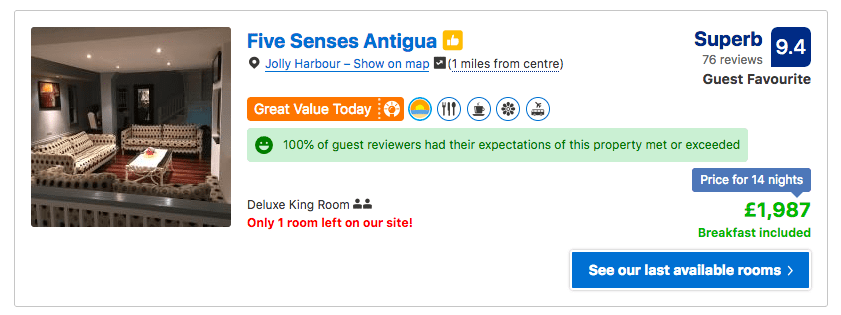
Booking.com skillfully reinforces the scarcity principle by letting you know how many other people are looking at the same property in real-time, along with conveying when the last booking at this property was made, and therefore, creating a sense of urgency.
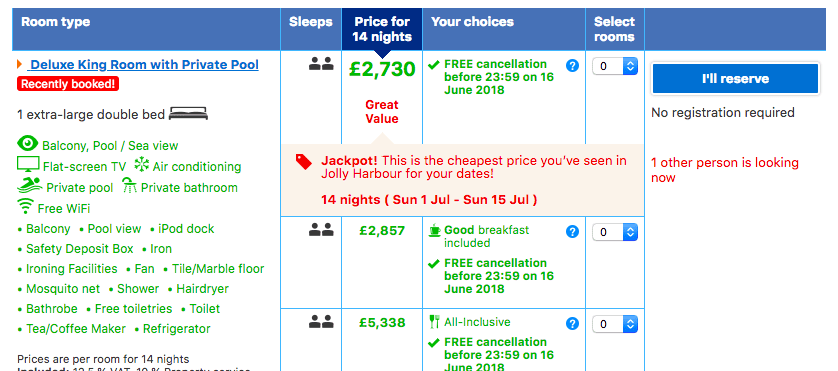
You can use tools like Taggstar to build in these features like scarcity into your site. They call it Real-time social proof messaging.
Technique 2: Reviews and testimonials as social proof. Example: Booking.com
Reviews and testimonials are an age-old way of influencing purchase decisions. But in 2018, with consumers becoming increasingly aware of marketing tactics, reviews are much more effective when real people, with real experiences, are featured. This leaves a small window for those who didn’t have their expectations met, to also include their honest review of the product or service, which in turn, makes a review more authentic and trustworthy regardless of whether the review contains positive or negative in sentiment.
![]()
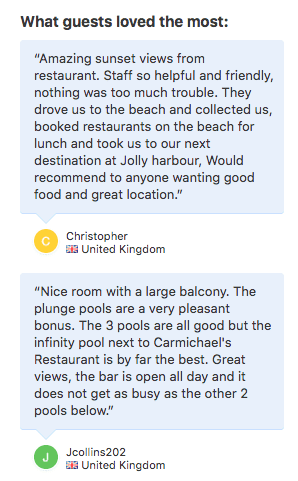
On the Booking.com site, reviews are peppered everywhere on the conversion page.
- Hovered over the resort/hotel images, along with an average rating, and sample size
- The nav bar above large resort images counts the total number of reviews a particular hotel has received
- Bottom left navigation. Strategically placed alongside the ‘Reserve Now’ button for that extra little nudge.
- Other than focusing on the product itself, one can feature the by-product, which in booking.com’s case is the location. Again, it features customer reviews but with a focus on location and surrounding area, rather than the hotel itself.
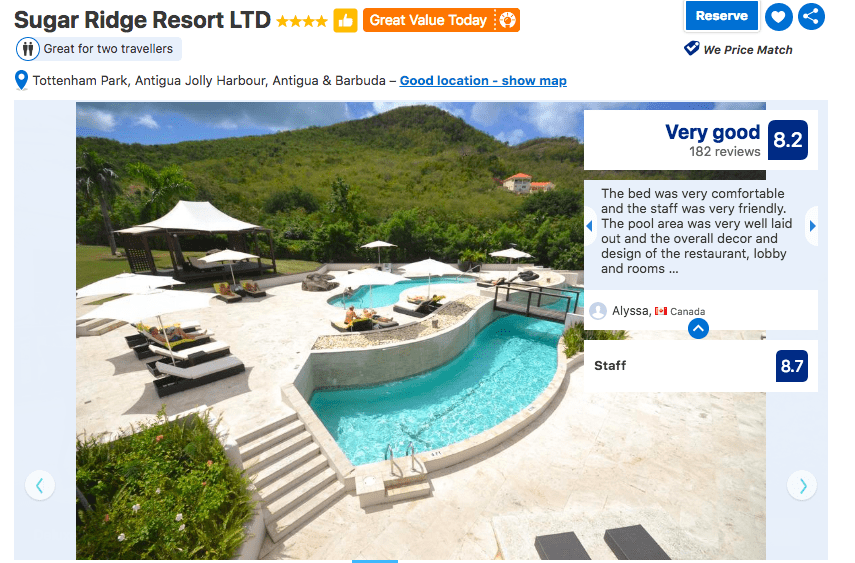

Yotpo is an example of a tool to add social proof into the customer journey on retail websites
Technique 3: Social filters as social proof – Example: Etsy.com
Etsy executes social filters in an interesting way. Users that select a particular product as their favourite, get featured on that particular product page. It also shows other products that member admired, which then allows buyers to explore a curated list of products from people who might share an affinity for particular designs, or colours, showcasing similar tastes to themselves. This is a great adaptation from Amazon’s ‘People who bought this, also bought…’ with suggestions.
